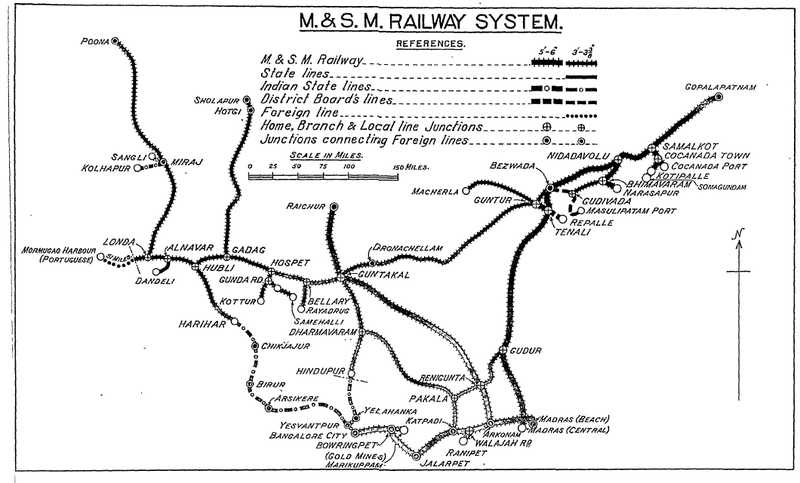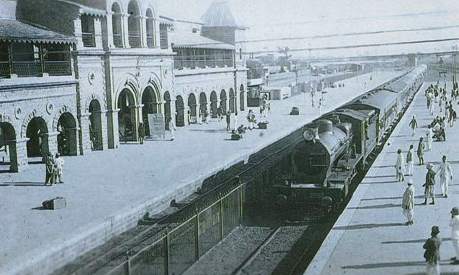
The assassination of former Prime Minister #Shinzo_Abe Abe has come as a shock to many who have followed his career. 🇯🇵 unfortunately has a history of political #assassinations dating back to the early 20th century.
Here is list of attempts on serving Prime Ministers in #japan
Here is list of attempts on serving Prime Ministers in #japan
In July 1960, Shinzo Abe's grandfather, Prime Minister Shinsuke Kishi, was stabbed Kishi six times in the thigh Aramaki Taisuke, a member of the right-wing group "Dahuahui". He needed 30 stiches to close the wound but survived. 

On May 15, 1932, 11 radical young naval officers shot and killed Prime Minister Inukai Tsuyoshi. He was the leader of Japan's constitutionalism faction in favor of disarmament, which aroused strong dissatisfaction from the Japanese military. 

Hamaguchi Osachi, was shot as he boarded a train in Tokyo in November 1930.The murderer, Ryuo Sagoya was dissatisfied with Hamaguchi's approval of a naval arms control treaty. While Osachi survived the attempt initially, he would die when wounds were reinfected 9 months later. 

His name was *Nobusuke* @Twitter needs an edit function!
• • •
Missing some Tweet in this thread? You can try to
force a refresh





















